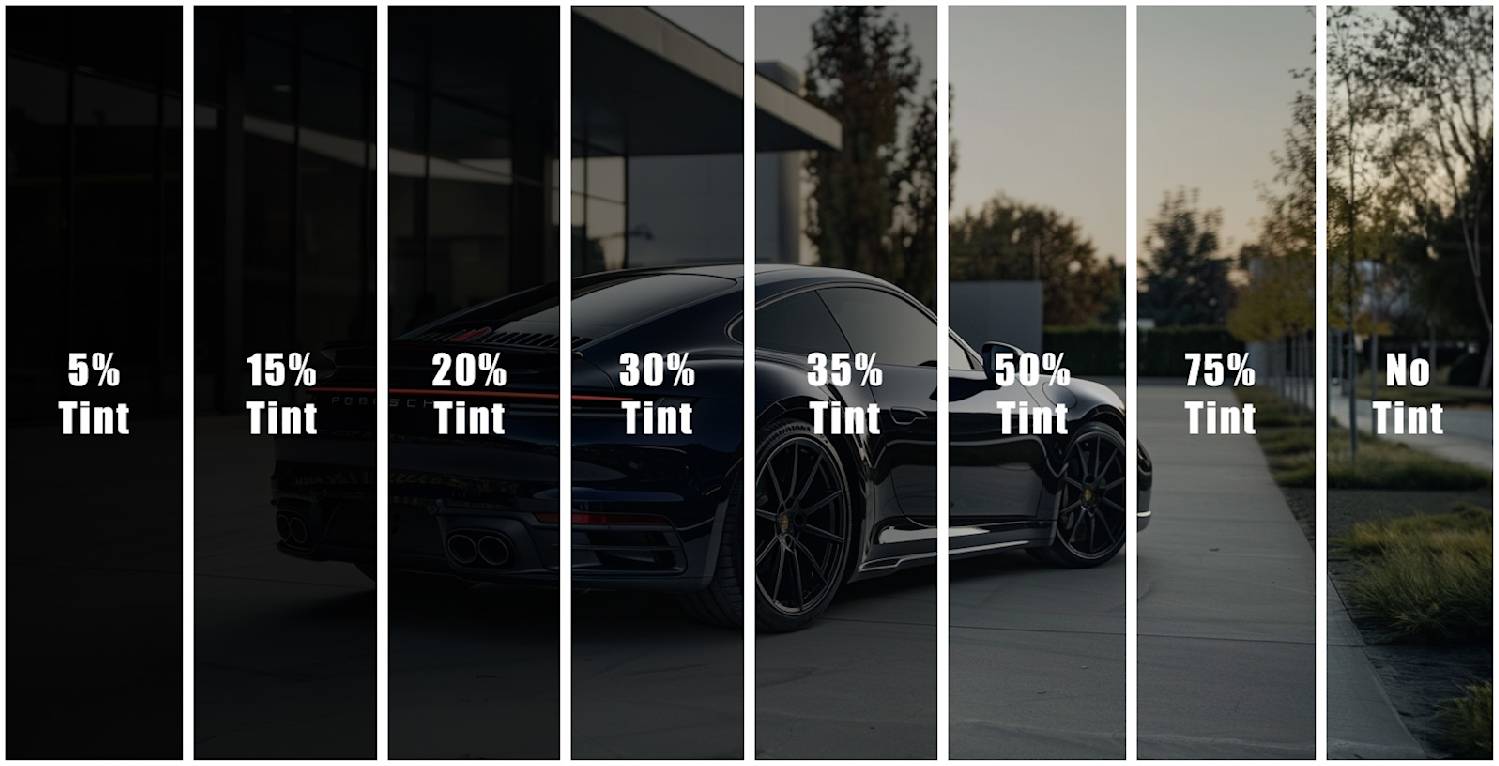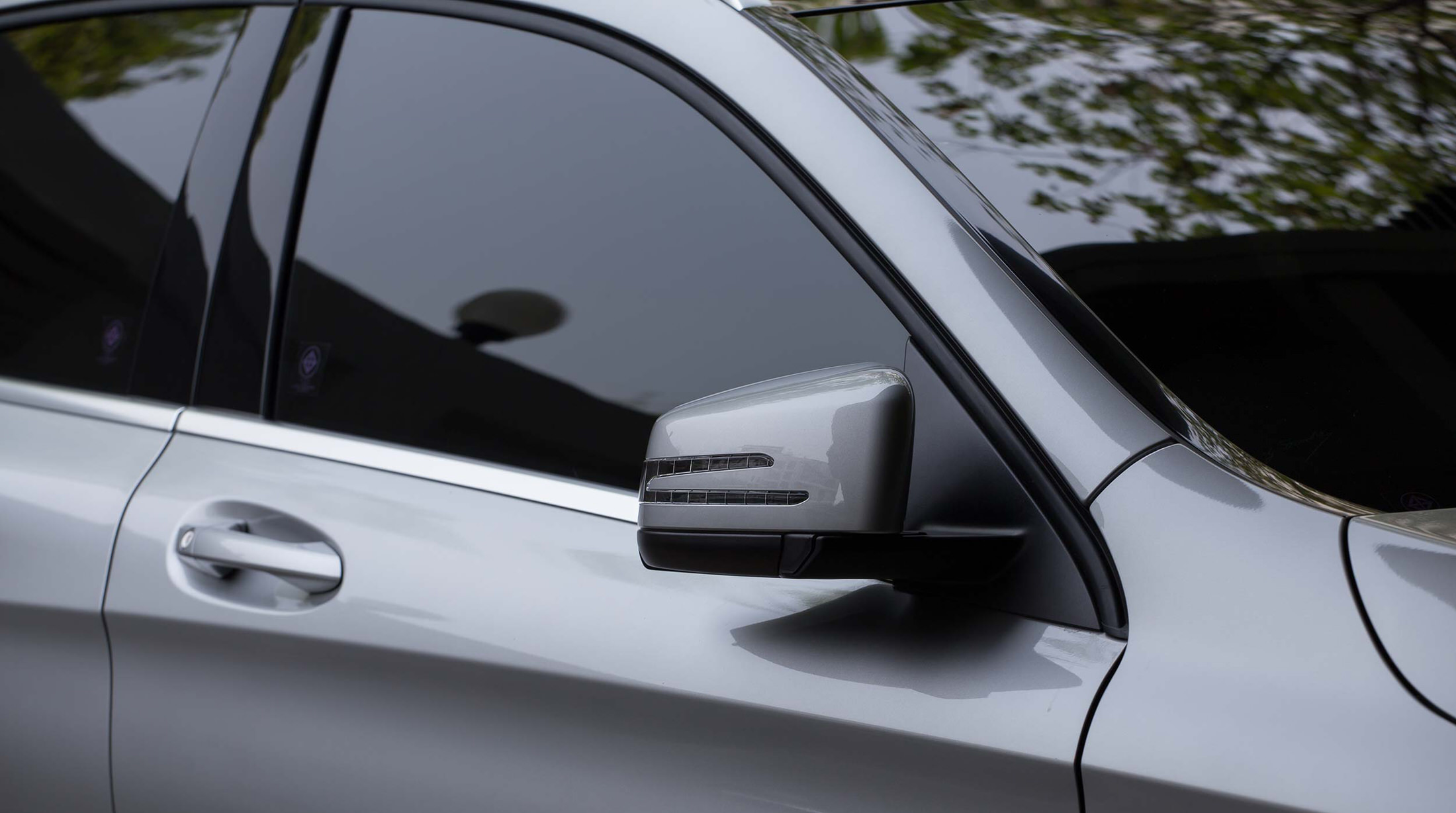Home Window Tinting Laws: What You Need to Know Before Tinting Your Car
Understanding home window tinting laws is essential for any automobile owner thinking about tinting their vehicle. Regulations differ significantly from one state to another, establishing specific limits for Visible Light Transmission (VLT) percentages, particularly for front-side windows and windshields. Failing to abide with these legislations can result in penalties, the necessity to eliminate the tint, and difficulties with insurance coverage. As you consider boosting your vehicle's look and functionality, it is vital to grasp not only the lawful effects yet also the sensible considerations that come with picking the right tint. What elements should you prioritize in your decision-making procedure?
Importance of Comprehending Tint Regulations
Comprehending home window tinting regulations is crucial for lorry proprietors to make sure conformity with state policies. These legislations dictate the permitted degrees of tint darkness and reflectivity, which can substantially differ from one territory to another. Stopping working to stick to these policies can lead to penalties, mandatory elimination of the tint, and possible problems during car evaluations.
Furthermore, comprehending these laws helps lorry proprietors make educated decisions concerning their tinting alternatives. Different sorts of home window movies offer numerous benefits, such as UV security, warmth rejection, and glare reduction. Without knowledge of the lawful limits, lorry proprietors run the risk of selecting products that might ultimately lead to legal problems.
Additionally, recognition of tinting laws cultivates a more secure driving environment. window tinting. Exceedingly dark tints can harm visibility, increasing the risk of crashes, particularly at evening or in adverse climate conditions. Legislation enforcement firms likewise make use of these regulations to ensure roadway safety and security, making compliance not simply a legal commitment yet an individual duty
State-Specific Color Laws
Each state in the united state has developed its very own specific guidelines concerning window tinting, reflecting a varied variety of needs and standards. These laws can differ significantly, influencing just how lorry proprietors come close to installation and conformity. As an example, some states permit darker tints on back home windows while enforcing strict limits on front-side home windows.
Furthermore, laws often define permitted tint materials and shades. Certain states forbid reflective colors completely, while others might enable them to a minimal degree. Additionally, some jurisdictions mandate that automobiles with tinted windows present a sticker suggesting compliance with state legislations, offering a clear identification for legislation enforcement.
Enforcement of these legislations likewise differs; some states are much more positive, carrying out arbitrary checks, while others depend on issues or visible offenses to initiate enforcement. Lorry proprietors should realize that failing to abide by state-specific tint guidelines can cause penalties, compulsory removal of unlawful tints, or both.

Lawful Color Percentages
Figuring out the lawful color percentages is essential for lorry owners seeking to follow state policies. Each state has details regulations governing just how much light must go through the home windows of a vehicle, which is expressed as a percentage referred to as Noticeable Light Transmission (VLT) This percent varies substantially throughout states and can depend on the kind of window-- front you could try these out side, rear side, and windscreen.
For example, some states enable as low as 20% VLT on front side windows, while others might allow approximately 50%. Windshield tinting is frequently much more restricted, with numerous territories allowing just a slim band of tint at the top of the windshield. In comparison, rear windows normally have extra lenient policies, with some states allowing darker colors.
It is crucial for car proprietors to acquaint themselves with their local legislations to prevent prospective legal concerns. This includes understanding exactly how VLT is determined, as it can differ based on the sort of home window movie made use of. Remaining notified regarding these guidelines makes sure i loved this conformity and advertises secure driving conditions for both the car owner and others on the road.
Consequences of Non-Compliance
Failing to follow window tinting regulations can bring about significant effects for vehicle owners. The most immediate repercussion is the capacity for website traffic stops and citations from police. Police officers educated to identify prohibited color levels may issue penalties, which can differ by jurisdiction however commonly vary from modest to substantial amounts. Repetitive infractions may bring about boosted fines, consisting of greater penalties or additional points on a driver's certificate.

Insurance provider may additionally enforce charges for non-compliance, as unlawful modifications can be deemed a breach of policy terms. This could impact coverage prices or lead to issues in cases if an event takes place.
Inevitably, the effects of non-compliance extend past immediate economic penalties; they can affect a chauffeur's insurance prices, legal standing, and general lorry value, stressing the relevance of adhering to neighborhood window tinting guidelines.
Tips for Picking Tinting Options
Understanding the implications of non-compliance highlights the value of making notified selections when picking window tinting options. Familiarize on your own with your state's particular legislations concerning color darkness and reflectivity. Each state has distinct regulations that dictate the allowable limitations, so ensure you stay within these guidelines to avoid fines.
Second of all, consider the kind of tint material. Choices include colored, metalized, and ceramic colors, each offering differing levels of warm denial, UV defense, and resilience. As an example, ceramic tints offer superior heat resistance without disrupting digital tools, making them a popular choice.
In addition, assess your key purpose for tinting. If you seek improved personal privacy, opt for darker tints; nevertheless, bear in mind that this might affect visibility at night. Conversely, if glow reduction and UV security are your major issues, lighter tints might be adequate.
Last but not least, talk to a professional installer that is knowledgeable about regional guidelines and can recommend premium materials matched to your needs (window tinting). Taking these factors into account will ensure you my sources make a well-informed choice, inevitably improving both your vehicle's appearances and functionality
Verdict
In conclusion, familiarity with home window tinting regulations is necessary prior to applying color to an automobile. By recognizing legal demands and choosing suitable tint materials, car proprietors can accomplish aesthetic enhancement while continuing to be compliant with pertinent laws.
Comprehending home window tinting legislations is necessary for any kind of automobile proprietor taking into consideration tinting their vehicle.Comprehending home window tinting laws is essential for car owners to ensure compliance with state guidelines. Some states permit darker tints on back windows while imposing strict limits on front-side windows.
In comparison, back home windows generally have extra lax regulations, with some states permitting darker colors. (window tinting)
In verdict, familiarity with window tinting regulations is important prior to using color to a lorry.